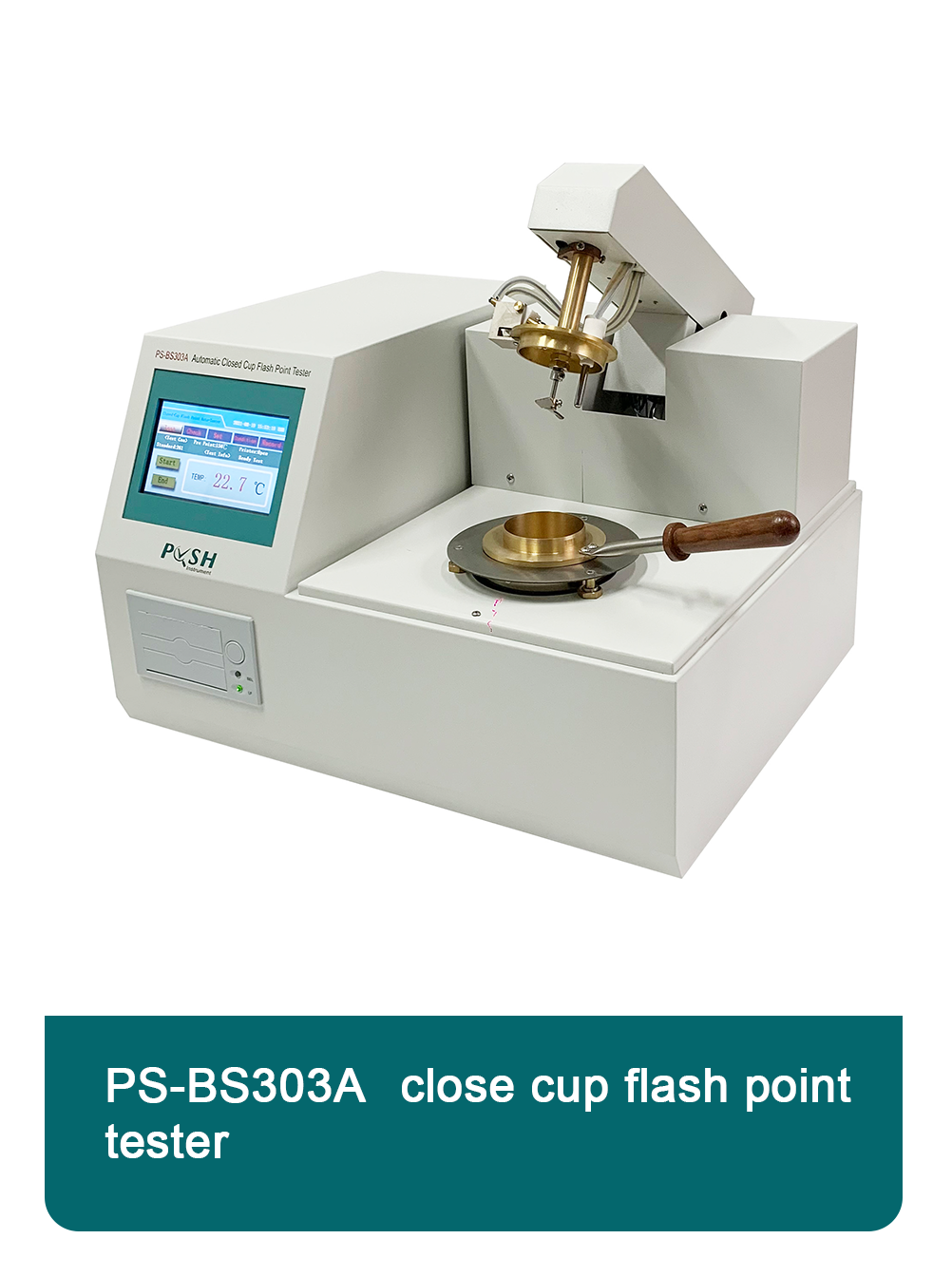 English
English


Testing Procedures and Best Practices for Oil Type Transformers in Electrical Systems
Oil Type Transformer Testing Ensuring Reliability and Performance
Oil type transformers play a pivotal role in the electrical power distribution system. They are designed to step up or step down voltages for electrical power transmission, and their reliability is critical for ensuring that power systems operate smoothly. One of the essential practices for maintaining the reliability and longevity of oil type transformers is comprehensive testing. This article explores various testing methods and their importance in ensuring the performance of these transformers.
Understanding Oil Type Transformers
Oil type transformers are fluid-filled transformers that use oil for insulation and cooling. The oil not only insulates the internal components but also dissipates heat generated during operation. Proper maintenance and regular testing of these transformers are essential for preventing failures that can lead to significant downtime and costly repairs.
Importance of Testing
Testing oil type transformers is crucial for several reasons. Firstly, it helps identify potential issues before they escalate into catastrophic failures. Regular testing can detect insulation degradation, moisture ingress, and other problems that could compromise the transformer's integrity. Secondly, testing ensures compliance with regulatory standards and specifications. Transformer operators must adhere to national and international guidelines, which mandate regular inspections and testing to ensure safety and reliability.
Common Testing Methods
oil type transformer testing

1. Dissolved Gas Analysis (DGA) DGA is one of the most critical tests performed on oil type transformers. It involves analyzing the gases dissolved in the transformer oil. The presence of certain gases can indicate problems such as overheating, arcing, or insulation breakdown. By understanding the gas composition, technicians can diagnose issues early and take corrective measures.
2. Insulation Resistance Testing This test evaluates the insulation quality of the transformer. High insulation resistance is crucial for safe operation. Technicians use insulation resistance testers to apply a high voltage and measure the resistance of the insulation. Low resistance readings may indicate moisture contamination or insulation deterioration.
3. Power Factor Testing Power factor testing assesses the efficiency of the insulation system. A low power factor can signal insulation problems or moisture ingress. This test is usually performed under high voltage conditions to accurately evaluate the insulation’s performance.
4. Transformer Turns Ratio (TTR) Testing TTR testing is used to verify the turns ratio between the primary and secondary windings. This ensures that the transformer is functioning according to its specifications. A significant deviation could indicate winding faults or short-circuits within the transformer.
5. Visual Inspection and Functional Testing While specialized tests are essential, visual inspections and operational checks are equally important. Technicians should inspect the physical condition of the transformer, check for oil leaks, and ensure that all connections are secure. Functional tests verify that the transformer operates as expected under load conditions.
Conclusion
In conclusion, oil type transformer testing is an essential aspect of maintaining the reliability and performance of electrical power systems. By employing various testing methods such as DGA, insulation resistance testing, power factor testing, and TTR testing, operators can effectively monitor the health of their transformers. Regular testing not only helps in early detection of potential issues but also ensures compliance with industry standards, ultimately leading to safer and more reliable operation. Investing in thorough testing practices will go a long way in safeguarding the infrastructure that powers our daily lives.
-
Differences between open cup flash point tester and closed cup flash point testerNewsOct.31,2024
-
The Reliable Load Tap ChangerNewsOct.23,2024
-
The Essential Guide to Hipot TestersNewsOct.23,2024
-
The Digital Insulation TesterNewsOct.23,2024
-
The Best Earth Loop Impedance Tester for SaleNewsOct.23,2024
-
Tan Delta Tester--The Essential Tool for Electrical Insulation TestingNewsOct.23,2024





